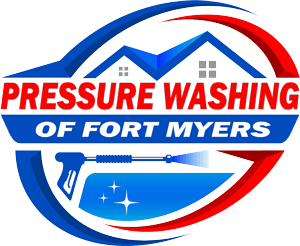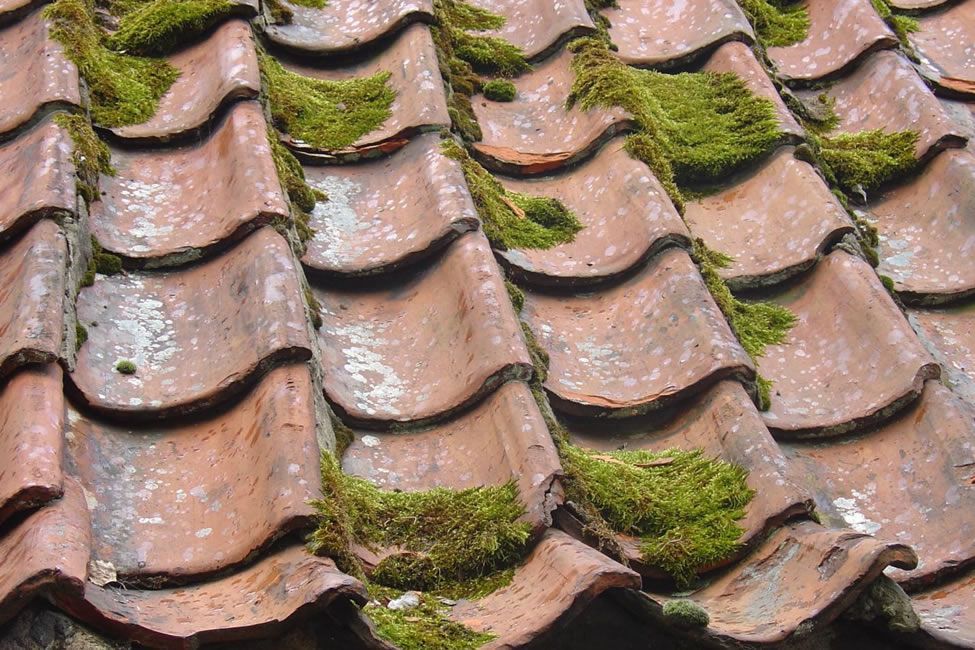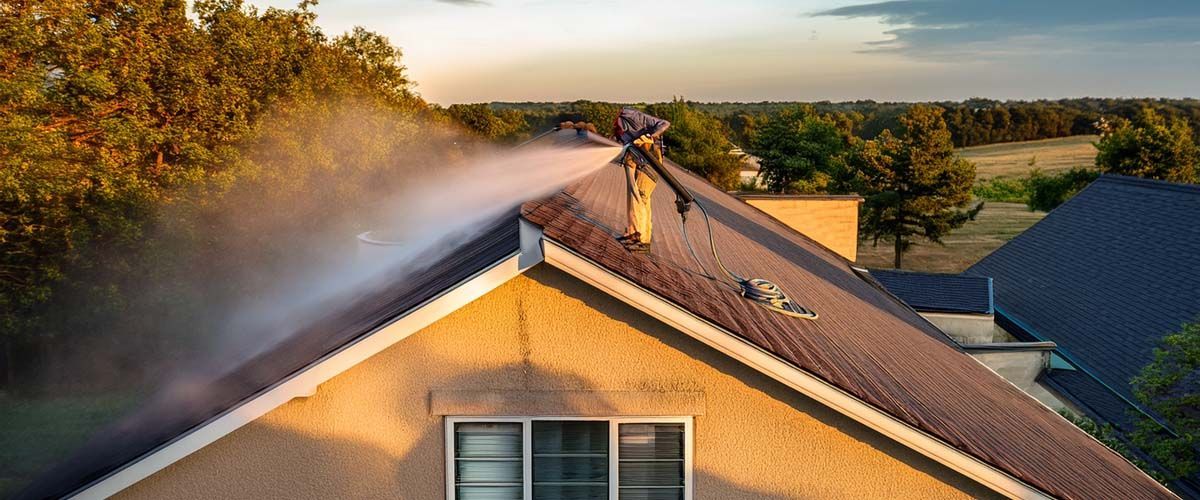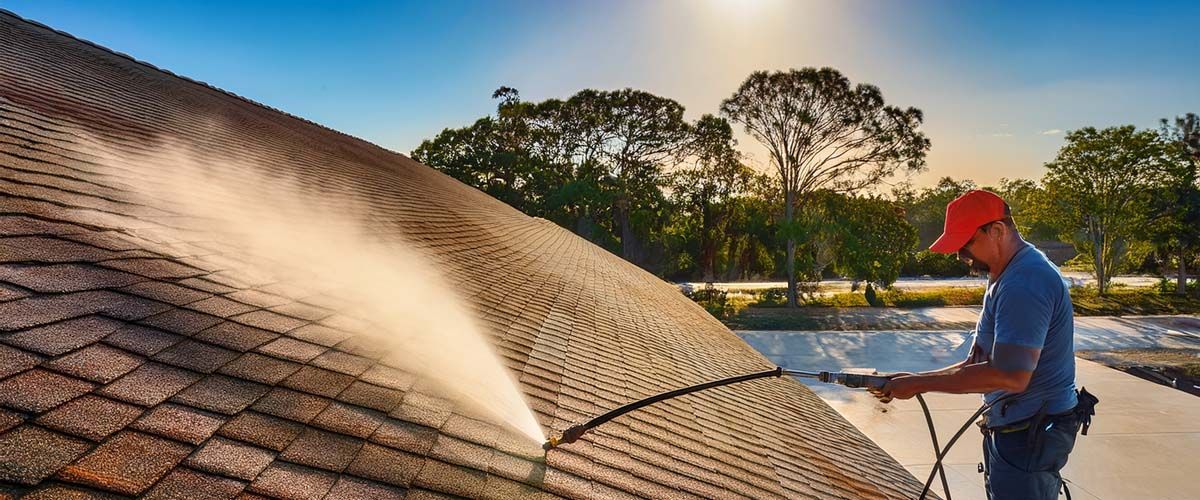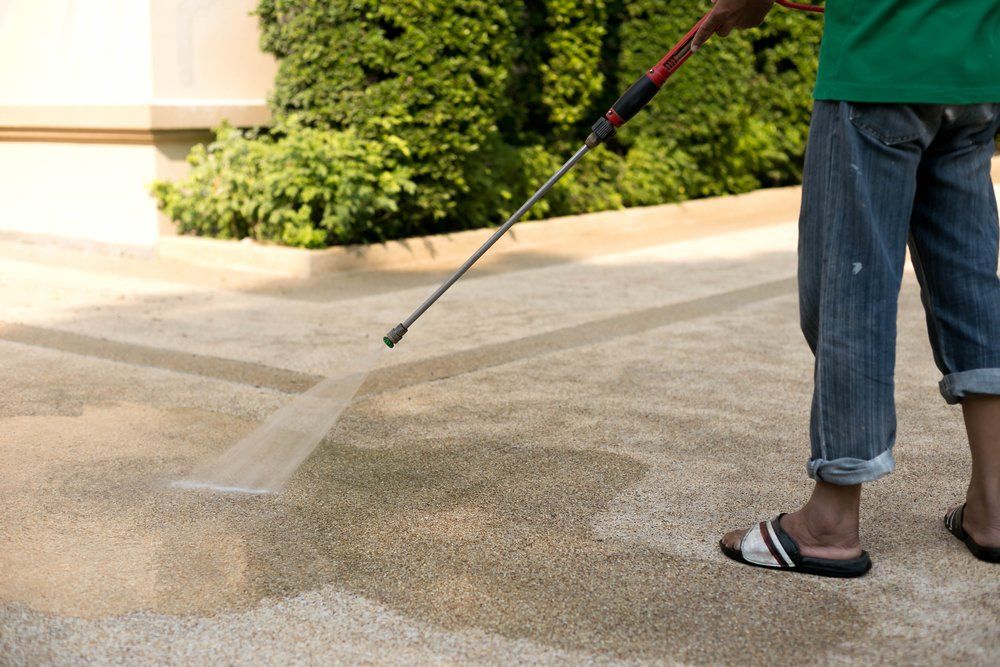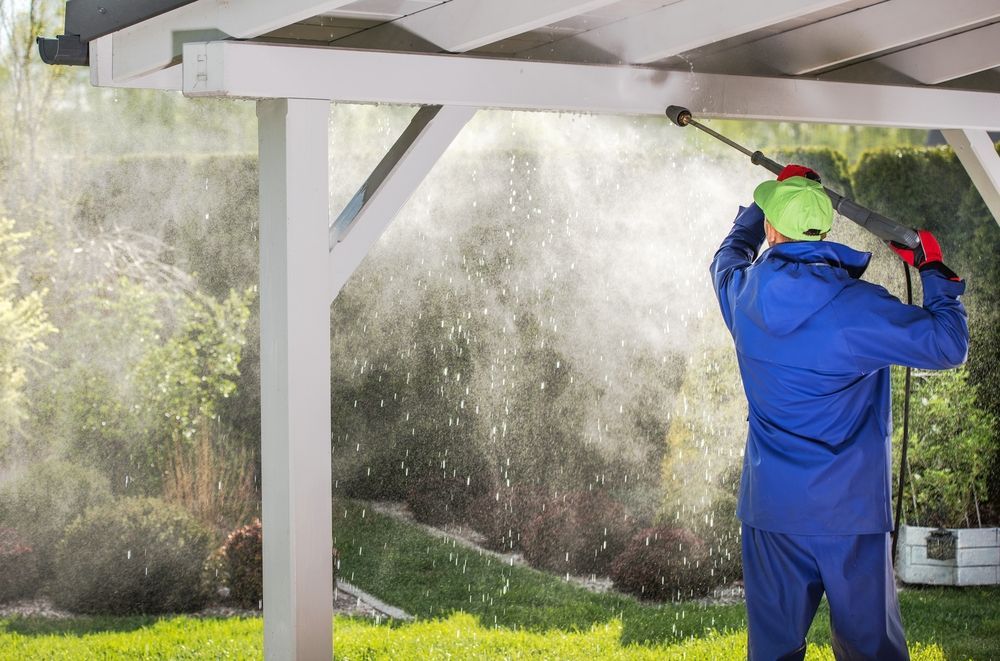How to Pressure Wash a Car
Should You Pressure Wash a Car?
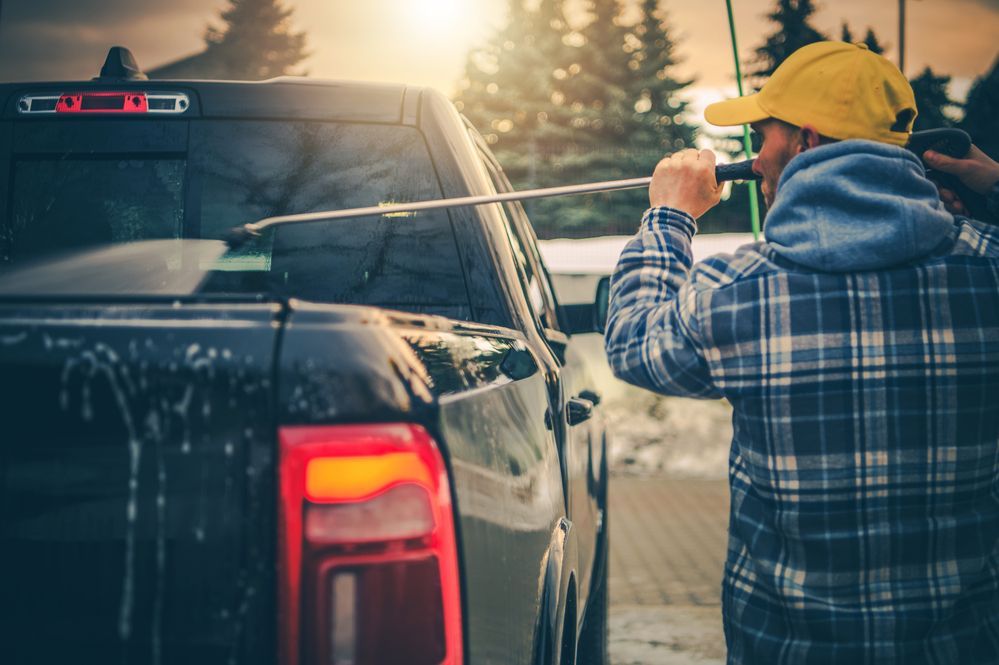
Washing your car is a great way to preserve the beautiful finish on the painted exterior. You also need to do it if you plan on getting a detailing job done, such as a waxing or paint repair.
Environmental conditions can cause dirt, debris, and pollutants to stick to your vehicle. So if you drive your vehicle frequently, you may need to wash your car at least twice per month. Those who don’t drive every day may be okay with washing their cars once per month.
The good news is that washing a car is easy because you can do it from home. However, you cannot rely on your garden hose alone because it doesn’t have enough water pressure to remove stubborn debris particles from your vehicle’s exterior. But if you use a car pressure washer rather than a standard garden hose, you can thoroughly clean your vehicle quickly.
How to Start Pressure Washing a Car
A car pressure washer can shoot a powerful water stream from a high-pressure hose to eliminate the most stubborn environmental debris elements from your vehicle’s exterior. These debris elements include dirt, grime, bugs, mud, and bird droppings.
The initial washing and removal of these debris elements is the pre-rinse stage. You can easily wash your car with soapy water and then add a clear coat finish as you see fit. Just make sure you rinse off all the soapy water with one more final rinse before adding the clear coat.
A final rinse will be needed after applying the clear coat. You can connect the pressure washer to a foam cannon to add more foam to the clear coat as you wash and rinse it. Additional foam assists in extracting the most abrasive and stubborn soils from the clear coat. It also reduces the chances of lightly scratching the coated finish.
The Importance of the Spray Tips
A retail car pressure washer usually includes nozzle tips for altering the spray pattern. Specific tips are good for cleaning different parts of your vehicle. For instance, use a 25-degree spray tip to wash your vehicle’s wheel wells, tires, and wheels. Then use a 40-degree spray tip to wash the rest of the vehicle. It should be easy to disconnect the tips, making it simple to alternate between various tips during the cleaning process.
Begin the car wash by rinsing off the soil and dirt from the bottom of the vehicle. Use the 25-degree spray tip to wash the wheels, tires, and wheel wells. Next, remove the 25-degree tip and replace it with the 40-degree spray tip. Now wash and rinse the paint job, and then the windows, windshield, roof, hood, and trunk. Since you don’t have to scrub the vehicle with a cloth, there is little chance of scratching the paint job.
Using the Foam Cannon
The foam cannon is optional but can help leave a cleaner finish. First, add car wash soap to the foam cannon if you want to use it. One of the best car wash soaps is M.A.X. Power Car Wash because it has been newly reformulated to accommodate foam cannon usage on cars.
Next, connect the foam cannon to the pressure washer using the quick disconnect feature. Now spray your vehicle from top to bottom until the entire thing is covered with foam. The purpose of the foam is to thoroughly soak into the pores of the vehicle and break down and extract all the stubborn dirt particles stuck in them. Furthermore, the foam helps prevent the clear coat from getting scratched as you scrub the vehicle and rinse off the foam.
How to Scrub
You will still need to scrub your vehicle after rinsing it with the car pressure washer, regardless of whether the foam cannon was used.
First, you must fill up a bucket with warm water and car wash soap mixed together. Now take a dry microfiber cloth or car wash mitt and dip it into the mixture in the bucket. Next, grab the soaked cloth and scrub your vehicle from top to bottom.
Make sure you scrub one area at a time to ensure all the dirt particles are removed. Rinse off your cloth after finishing each area so you don’t accidentally spread dirt particles to other parts of your car.
Final Rinse
One more final rinse of the vehicle’s exterior is needed to remove all the dirt, foam, and soap suds. Again, use the 40-degree spray tip to rinse the surface of your vehicle thoroughly. Check around the window seals and doors in particular because foam and soap suds will often accumulate in those areas the most. Keep rinsing until there is no visible sign of foam or soap anywhere on your vehicle.
Dry the Vehicle
The last step is to dry your vehicle with a thick microfiber towel. This will not be the same microfiber cloth you used to scrub your vehicle. Instead, the microfiber towel is much bigger and thicker for drying off your entire vehicle.
Start by drying the top and then work your way down to the bottom. You don’t need to apply that much pressure to the towel because it should easily absorb all the water remnants.
Remember never to touch the vehicle with your fingers throughout the car cleaning process. Only water, soap, foam, and microfiber towels should ever touch the vehicle while cleaning it.
